Picture books are for children and coffee table tomes are for adults. However, almost anyone would enjoy flipping through Exploring Nature: Flora and Fauna of IIM Bangalore. Page after page of glorious images put together by G Shainesh, Priya Venkatesh and Kartikeyan S, Exploring Nature is a labour of love that goes beyond this trio.
Shainesh who is a professor of marketing at IIMB says among the many projects planned for its golden jubilee celebrations was a history and archiving project. “We wanted to document the evolution of the institution with multiple publications. Among the book ideas which centred around capturing life at IIM from different perspectives, was one on its flora and fauna, while the other was its architecture.”
“When we looked at the life forms teeming with activity here, it was interesting because we were also doing a lot in terms of sustainability on the campus,” he says.
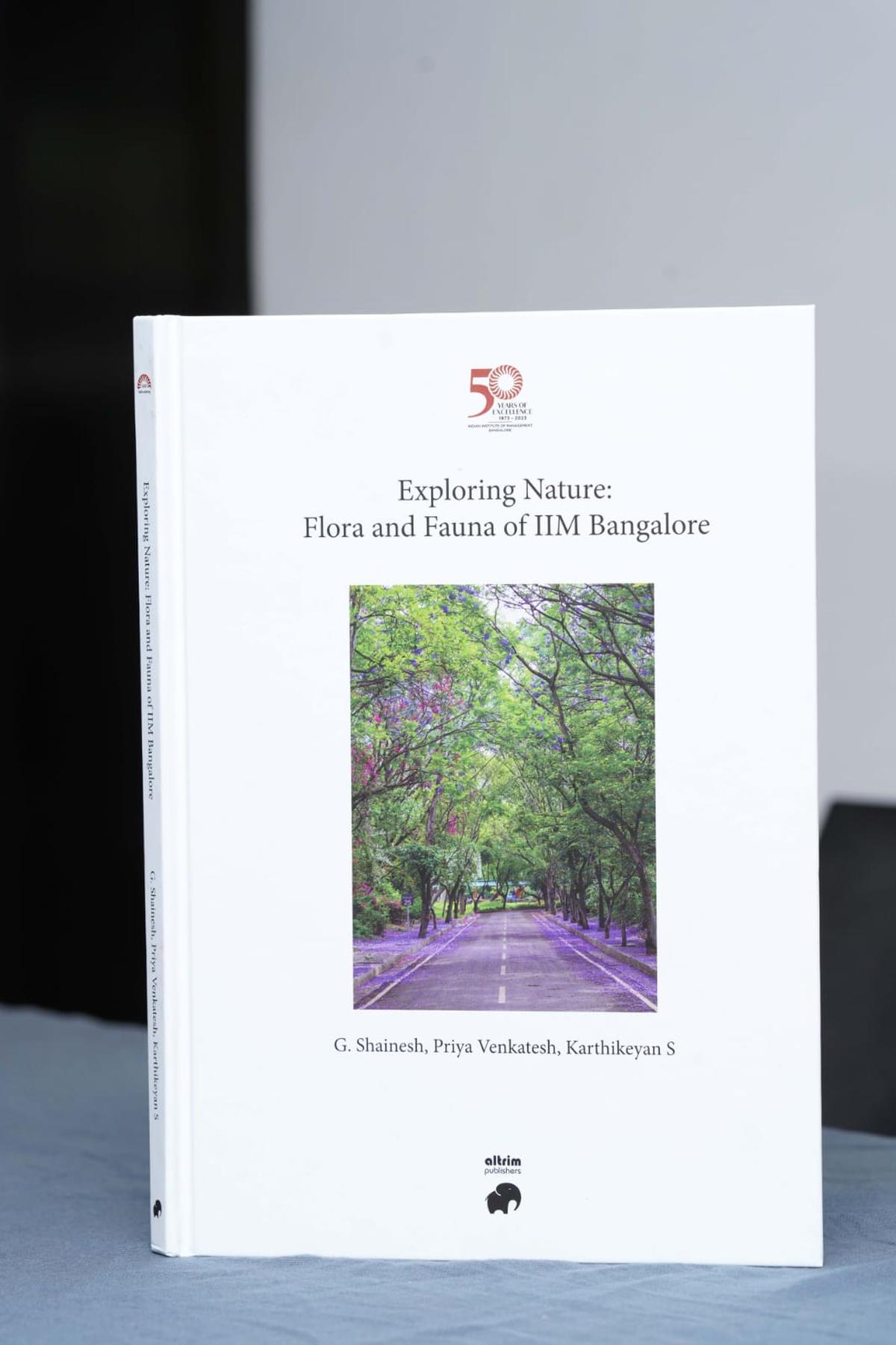
Priya V, co-author of Exploring Nature shares a similar sentiment. “While this book is mainly on biodiversity, sustainability is also an important aspect, because that is why biodiversity exists. That is how the last chapter of the book came about — it is a documentation of all the green practices IIMB has undertaken so far.”
Well, before the last chapter, there are nine delightful chapters of life forms, winged marvels, leafy wonders and more, sharing the pages of the book as they do the campus.
Shainesh says in 1978, the campus comprised 100 acres of arid land. “It was brown and completely barren, but over a period of time, it has been transformed not only into a lush premises, but also a sustainable, colourful and biodiverse property,” he says.
Work on the book began in 2020, say the authors, who have overlapping interests and have known each other for years. “The first thing we did was to write to our alums because we’ve always had a photography club at IIM,” says Shainesh, who was a former student there. “In those days, we didn’t have too many clubs, but the photography club was always popular even though not too many people had cameras back then.”
Signature spider
| Photo Credit:
Kartikeyan S
“We wanted to showcase life on campus through its buildings and nature. When we started putting it together we knew it would be a coffee table book, and we reached out to alum, residents, professors and staff for images,” he adds.
Since the alumni association is quite active, the authors were soon inundated with images. “People took the trouble to check, process, convert and scan the pictures they had. We ended up with a huge archive and realised we had more than enough to write about the campus’ environs,” he says.
Which is not to say the team cruised by on the efforts of others. “Karthik and I did multiple trips to IIM to shoot what was there on campus; sometimes to capture a different season or setting. So many photographers gave us access to their images and they deserve the credit. The aim of each person was to support the institution,” says Priya.
Shainesh says when it came to interviewing people “fortunately, many of them people were still active on campus or settled in Bengaluru, so they were easier to reach.”
“The first chapter is on transformation — from bare to verdant. We also wanted to highlight the coexistence of people, academics and ecology, something we see all around us,” says Shainesh.
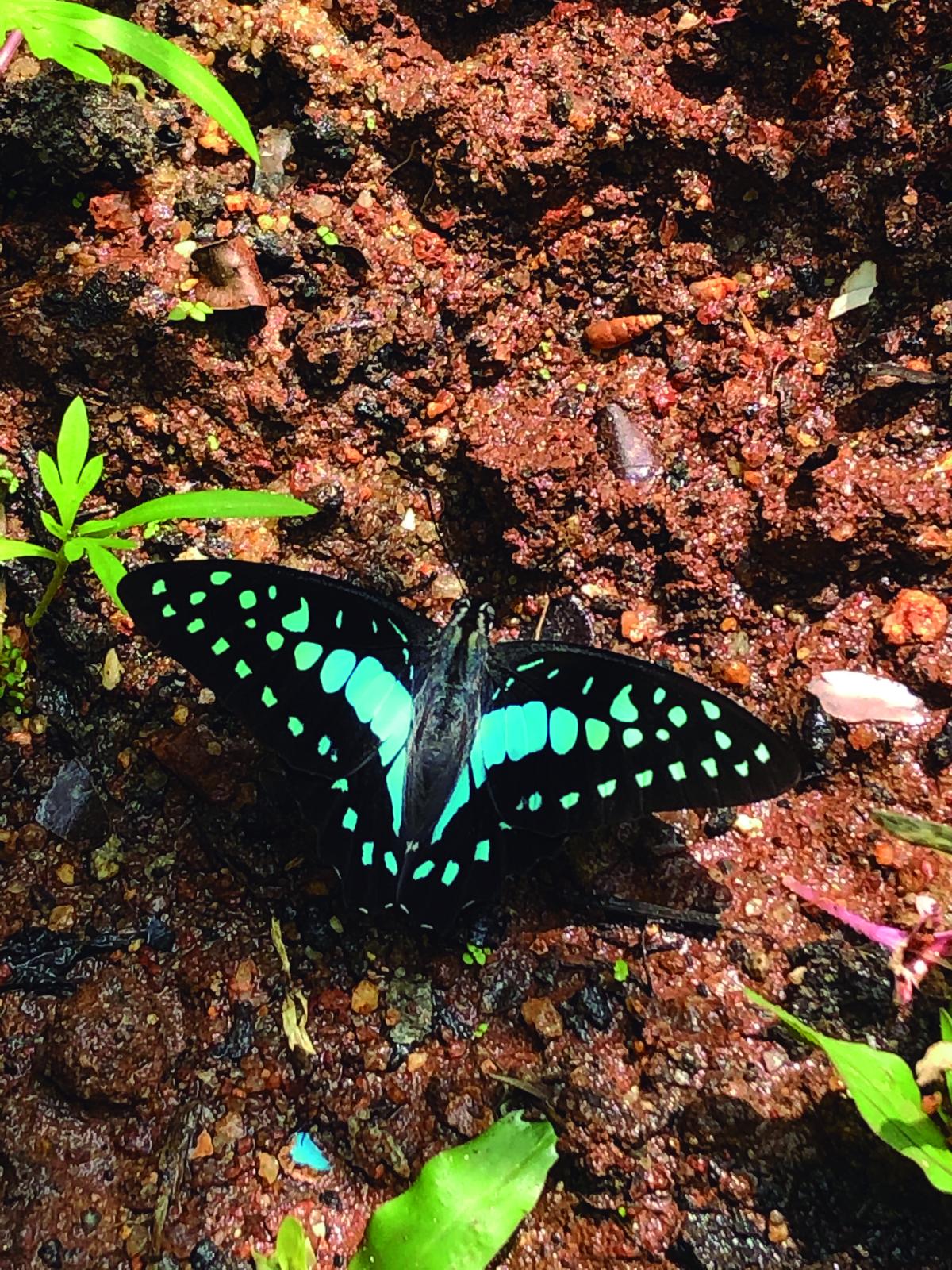
Butterfly bottle blue
| Photo Credit:
Leena Shainesh
Browsing through 600 photographs is no mean task and the initial idea was to have three or four broad sections on butterflies, birds and trees. But the team soon realised the wealth of images they had collected spanned much more and between the three of them each could add value to the presentation. Priya, for instance, has a special interest in fungi.
“While we had a lot of images for birds and butterflies, we were sure that we’d have a chapter on fungi which is underrated. It was Karthik’s idea to have a chapter on spiders and insects as they are also important for biodiversity and a thriving ecosystem. That is how the book slowly expanded to 10 chapters, with more than enough photographs,” she says.
Priya who is founder-director of The Naturalist School, which equips nature lovers with professional guidance, says though the book was meant as a consolidation of IIM’s golden jubilee, “I believe it has sparked an interest in people as they now know about it.”
And while one cannot waltz into IIM, no matter how ardent a nature lover, there is no dearth of clubs in the city that cater to this interest. “The Naturalist School has a collaboration with Alliance Francaise de Bangalore. On the fourth Saturday of every month, we take people into Alliance for a nature walk and nature activity, which is open to all. Though Alliance may seem smallish, it has got a lot to offer ecologists and green activists,” she says.
According to Shainesh, Exploring Nature is not meant to be a project that was completed with the publication of a book. “We hope to bring it out in a digital format as well as so we can keep adding more content to it.”
Exploring Nature: Flora and Fauna of IIM Bangalore is available in bookstores and online
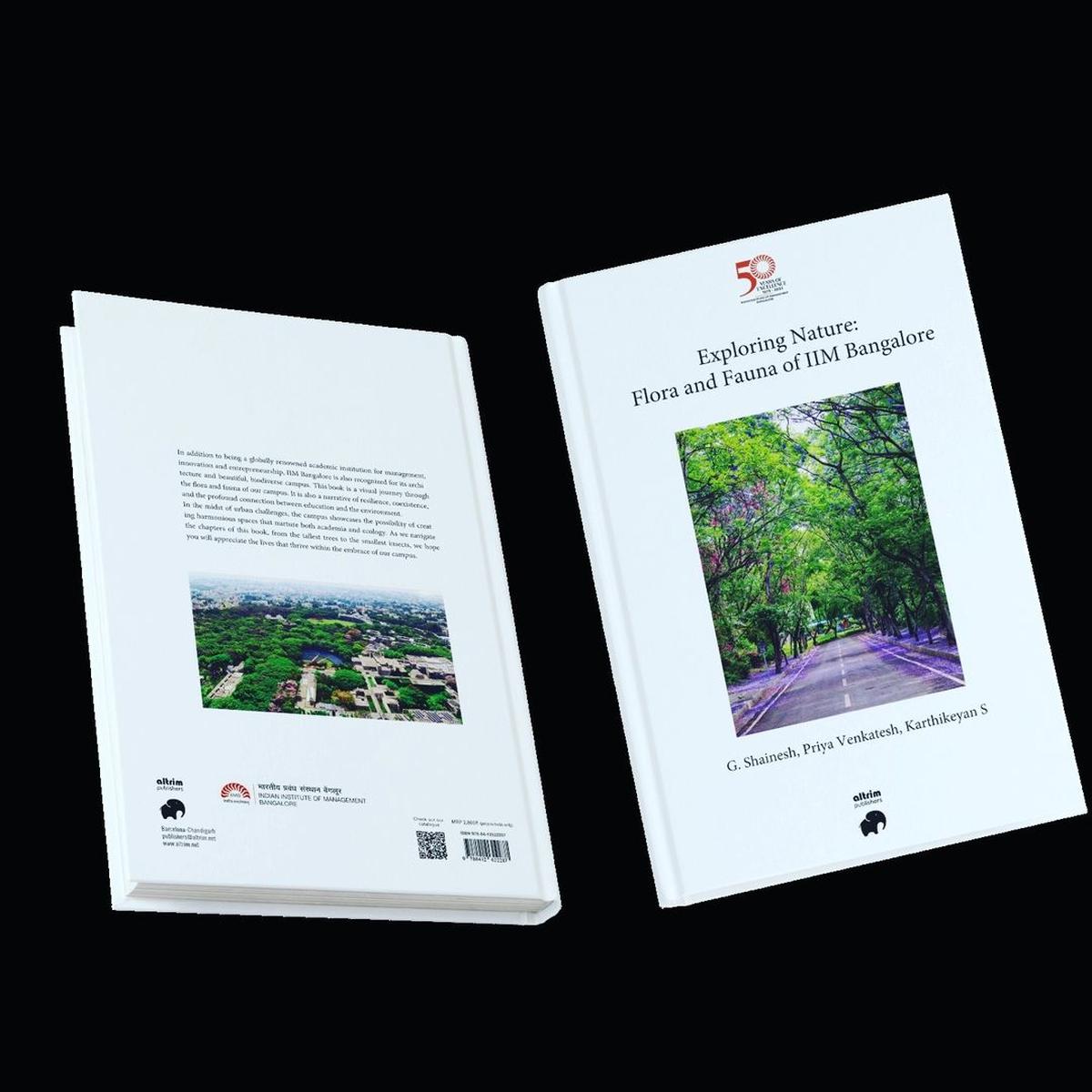
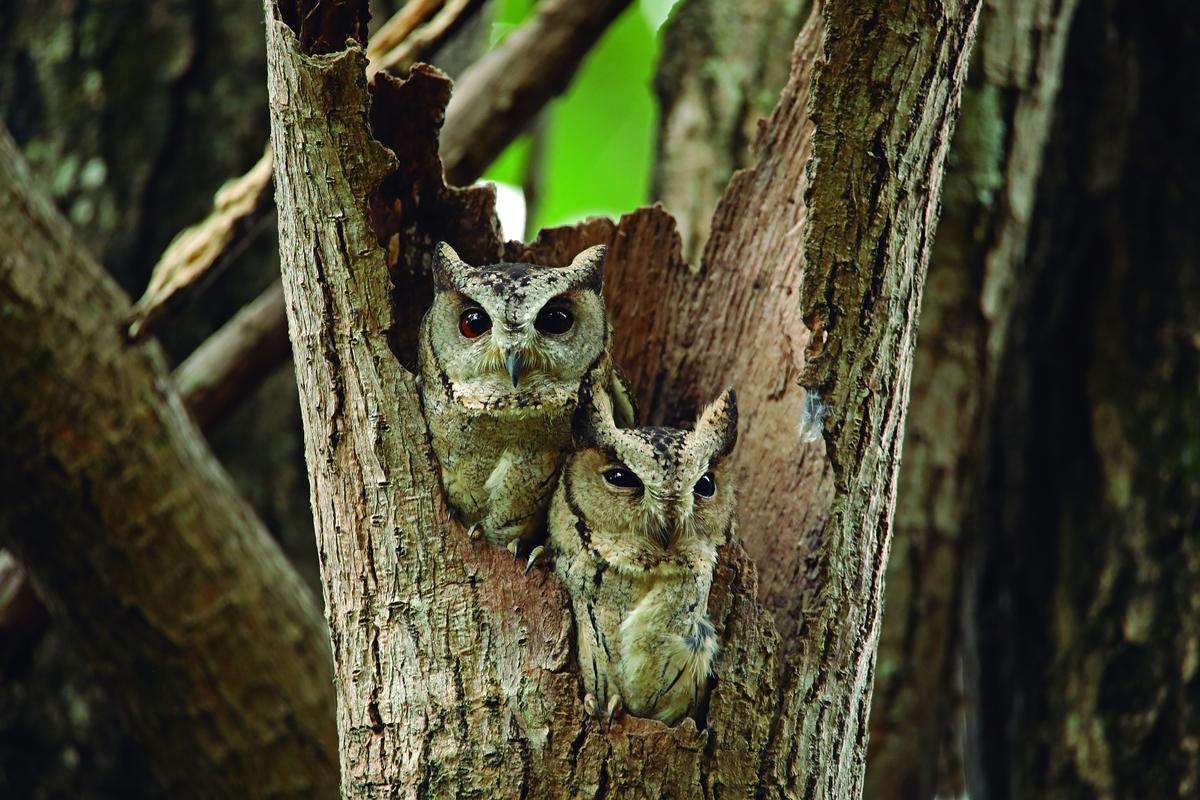
Scops owl
| Photo Credit:
Special Arrangement
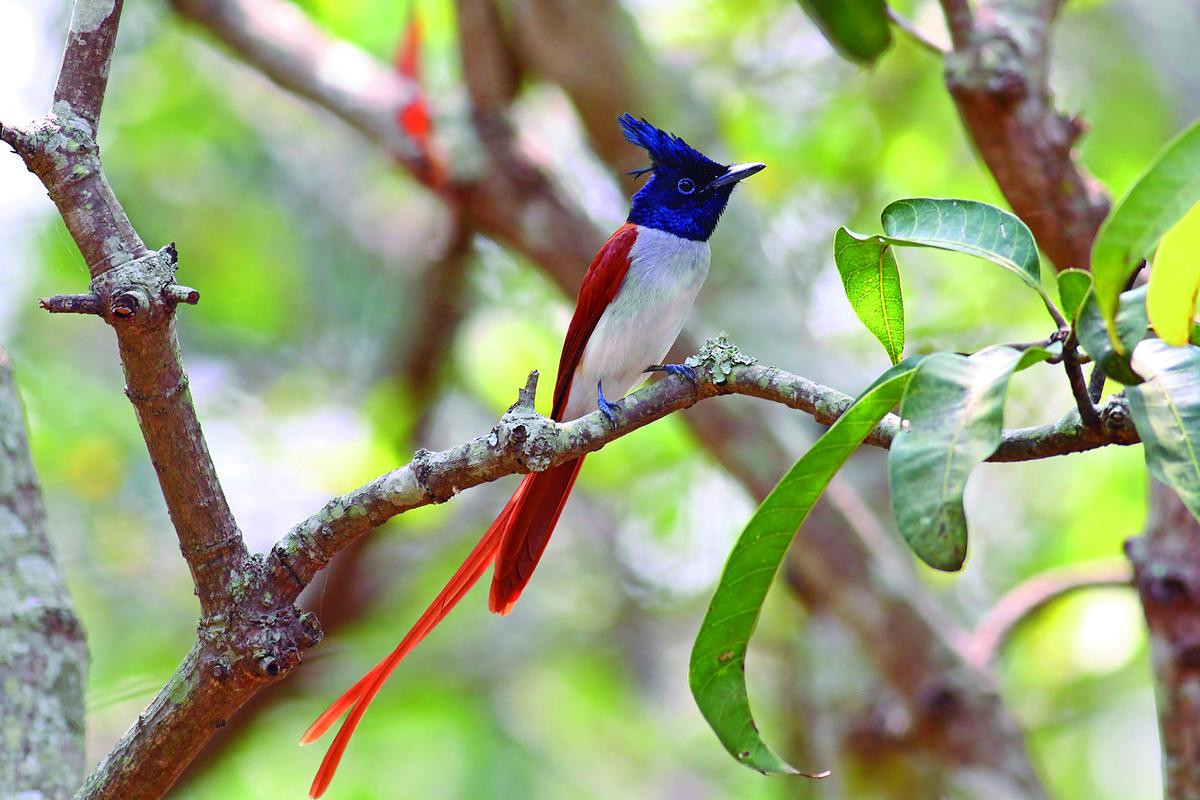
Indian Paradise flycatcher
| Photo Credit:
Aravind AM
Published – January 03, 2025 01:31 am IST






